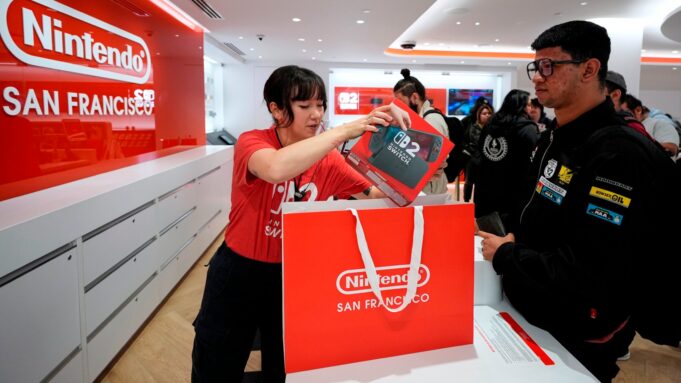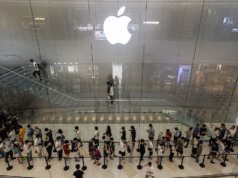Analysts suggest that Nintendo is drawing inspiration from a well-known model: Apple‘s. This doesn’t imply direct replication of specific gadgets but rather the adoption of a tiered approach to hardware and services. The aim is to optimize revenue generation while appealing to a diverse customer demographic. The critical question is whether Nintendo can successfully adapt Apple’s strategy to the distinct dynamics of the gaming sector.
Evidence, though largely observational, is accumulating. From the distinct versions of the Nintendo Switch (OLED, Lite) to the evolving online subscription framework, Nintendo is experimenting with methods to segment its market and provide customized experiences at different price levels. This parallels Apple’s strategy of providing “good, better, best” options across its product offerings.
The original Nintendo Switch introduced a groundbreaking concept: a hybrid console usable both on the move and connected to a TV. Nintendo expanded on this with the Switch Lite, a more compact, economical, handheld-only variant. Subsequently, the Switch OLED emerged, showcasing a vibrant display and improved features, positioned as the premium choice. This diversification enables Nintendo to attract a broader spectrum of consumers, from budget-conscious players to enthusiasts seeking the ultimate experience.
Consider Apple’s iPhone range. It includes the standard iPhone, “Pro” variants with enhanced capabilities, and occasionally, a more affordable “SE” model. The strategy is evident: to offer options tailored to diverse needs and budgets, all within a unified ecosystem. Nintendo appears to be following a similar strategy.
Nintendo’s online subscription service has been a recurring subject of debate. Initially providing basic online gaming, it has grown to encompass a selection of classic NES and SNES titles. Now, with the addition of N64 and Game Boy Advance games at higher subscription tiers, Nintendo is demonstrably striving to develop a more compelling value offering. This tiered strategy for online services closely mirrors Apple’s approach with offerings such as Apple Music, Apple TV+, and iCloud, each presenting distinct features and content at varying price points.
The Financial Times highlights this shift, noting Nintendo is “borrowing from Apple’s product playbook.” The article points to subscription options and tiered hardware as key indicators.
While the comparison of “Nintendo as Apple” is compelling, it is vital to acknowledge the distinctions between the two entities and their respective industries. The gaming market is considerably more fragmented than the smartphone market, featuring a broader array of competitors and platforms. Furthermore, Nintendo’s primary strength resides in its distinctive intellectual property and gaming experiences, which are challenging to replicate.
However, by implementing a more refined product strategy, Nintendo has the potential to unlock new revenue streams and strengthen its engagement with its user base. The crucial element will be achieving a balance between delivering compelling value and preserving the unique Nintendo appeal that has captivated gamers across generations. Will Nintendo’s strategy succeed? Only time will reveal the answer, but it’s clear the gaming landscape is set to become even more intriguing.




